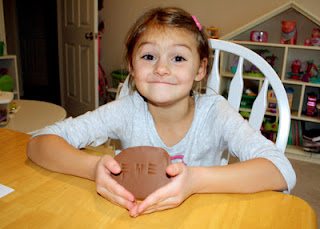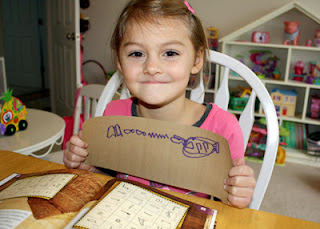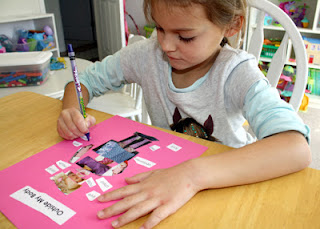There are so many great resources for ancient Egypt that our studies will span several weeks. This week, we focused on the basics of ancient Egyptian life and the importance of the Nile River.
Tuesday
- Read Usborne: Ancient World by Fiona Chandler (pages 10-11).
- Completed corresponding Blue House School ancient world worksheets.
- Completed HO map work for Lesson 5, Main Lesson.
- Read "The Farmer" (page 6) from Voices of Egypt by Kay Winters.
Wednesday
- Read Bill and Pete Go Down the Nile by Tomie dePaola via YouTube video at http://www.youtube.com/watch?v=OedouFBB4Q8.
- Completed Evan-Moor History Pockets: Ancient Civilizations, Grades 1-3 "Ancient Egypt" student booklet, words to know, and Nile River paper project (or eBook).
Thursday
- Read Usborne Beginners: Egyptians by Stephanie Turnbull.
- Read The Winged Cat: A Tale of Ancient Egypt by Deborah Nourse Lattimore.
- Read Muti's Necklace: The Oldest Story in the World by Louise Hawes.
- Completed draw and color.
Friday
- Read "The Nile River" (page 26) and "Food" (page 40) from Modern Rhymes About Ancient Times: Ancient Egypt by Susan Altman.
- Completed "Make a Model of the Nile" from the SOTW activity guide.
 |
| Tessa began by scooping a mixture of sand and dirt into a small disposable pan. |
 |
| Tessa's flooded Nile River. (We added a lot more grass seed after this pic was taken.) She'll continue to flood it once a week until her crops are ready for harvest. |
 |
| Tessa's Nile River two-and-a-half weeks later. Crops are ready for harvest! Quick note...we ended up watering this more than once a week. |
* HO = History Odyssey, SOTW = The Story of the World

















